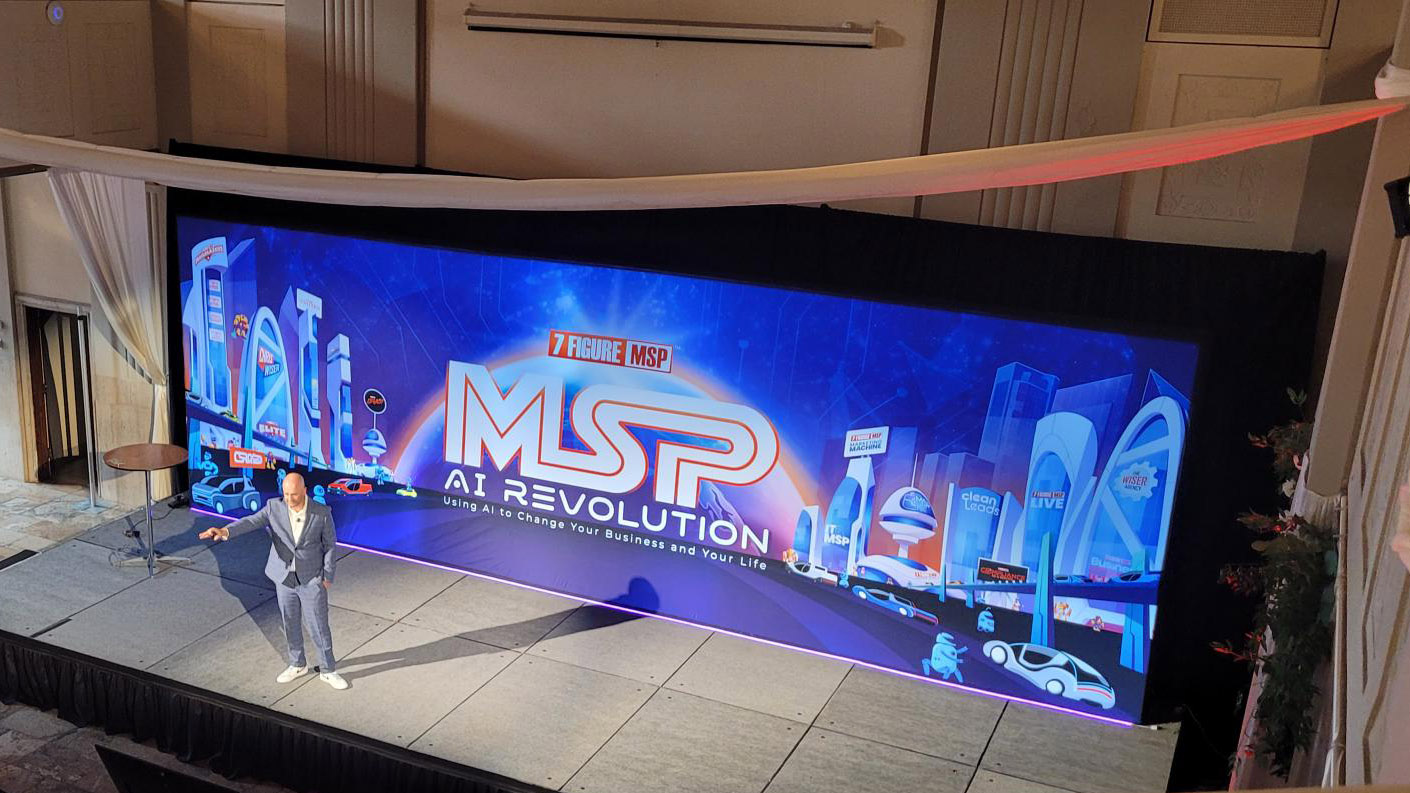From directing self-drving cars to helping doctors identify health risks in patients, the feats achieved through artificial intelligence continue to expand. And while each breakthrough creates greater anticipation for future innovation, the potential for AI’s advancement hinges on the reliability of supporting data center and IT infrastructure—which requires a lot of power to perform.
The power requirements to drive the transition will only accelerate as businesses realize new opportunities to use AI innovation. However, challenge begets opportunity, and the rise of AI creates a host of new opportunities for SMB resellers and MSPs to grow sales and better serve their customers.
A Powerful Force
The hype cycle around generative AI has become deafening. Generative AI data center server infrastructure plus operating costs are slated to exceed $76 billion by 2028 if current trends continue, according to Tirias Research. That’s more than double the estimated annual operating cost of Amazon Web Services, which encompasses one-third of the current cloud infrastructure services market.
What does this all mean for the IT channel? For starters, it’s important to keep in mind how the infrastructure needs of generative AI differ from most general-purpose IT applications. Many of the innovative capabilities afforded by generative AI come down to the accelerated processing performance of graphics processing units (GPUs), which require significant power consumption to function.
Thus, as the proliferation of generative AI continues, demand will increase for larger and more resilient uninterruptible power supplies (UPSs) and power distribution units (PDUs) that can handle high power density and other physical infrastructure solutions. The massive expansion in power consumption demand will increase the need for battery backup systems to help organizations of every size cope with potential power outages that may result from the subsequent supply-demand imbalance.
With greater demand comes the chance for channel pros to generate more sales—and the opportunity to align with customers to ensure they’re up to date with the latest technological advancements. For example, lithium-ion batteries have become a more available and cost-effective solution for UPSs to extend battery life and reduce footprint. UPS network cards can also be deployed to enhance connectivity and improve cybersecurity when combined with disaster avoidance software.
Expanding power requirements also call for more digital tools to help oversee the health of critical assets in real time, especially in locations that may lack on-site IT staff. This makes disaster avoidance software a more critical requirement, providing IT teams with the ability to maintain control over their power systems and add software applications with power management devices to enable a proactive approach to remote management. Here again, the opportunity for MSPs and VARs becomes evident as they can leverage investments in digitalization to generate recurring revenue while providing greater value to their end customers.
Around the Corner
Widespread adoption of AI may be as many as two years away—hindered by the need for technology to democratize, security concerns, and for costs to become lower, which is expected as AI-ready client devices become more widely available. Thus, the industry will likely see a hybrid distributed client approach and businesses wishing to own their generative AI infrastructure instead of depending on public cloud providers.
In the meantime, channel businesses can expect to begin entertaining interest and questions from customers as infrastructure demands gradually change. The traditional 5kW per rack will soon turn into 20kW per rack or more, which can be complex and requires specific skills. This shift represents an opportunity for MSPs to further develop their power practice and add more differentiation, with the help of knowledgeable support and training teams.
MSPs and VARs should take steps now to sync up with their technology providers and partners in the power management space. The upsurge in power requirements will serve as a springboard for increasing sales. Building a strategic approach will help channel companies capitalize on the new market demands driven by generative AI’s growth.
HERVÉ TARDY is vice president of marketing and strategy for Eaton’s Critical Power and Digital Infrastructure division.














